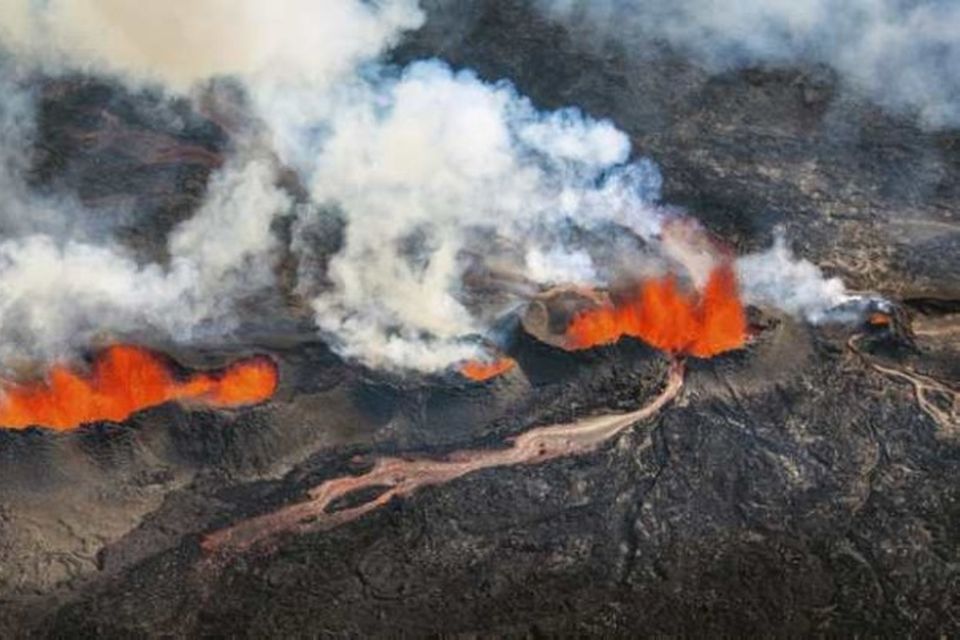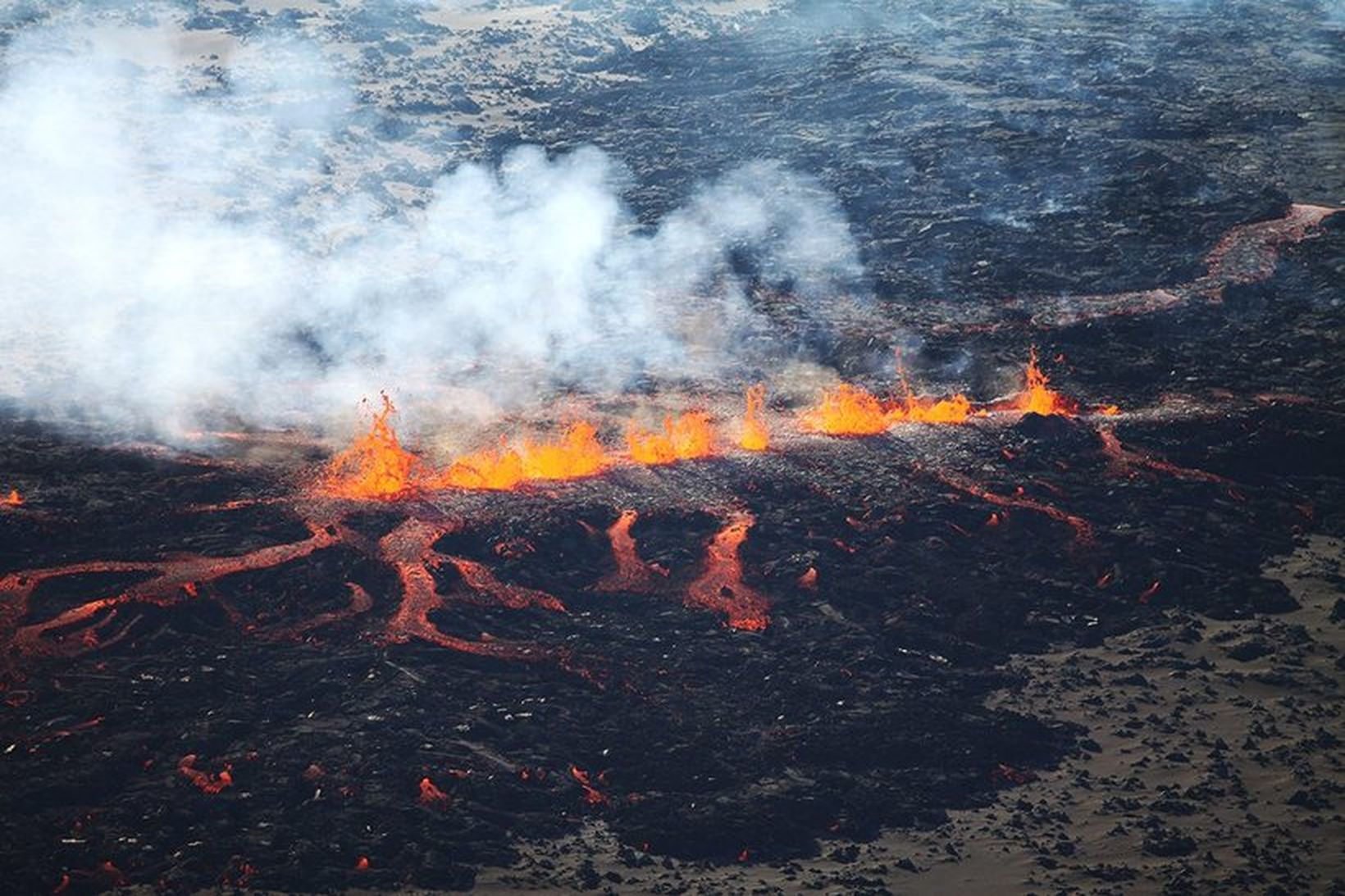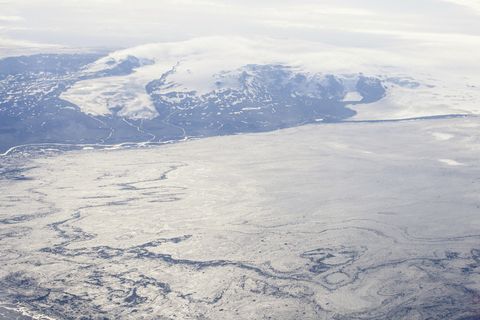Volcanic activity remains stable

Mynd 1 af 30
Gos í Holuhrauni
Árni Sæberg
Mynd 2 af 30
Gos í Holuhrauni
Árni Sæberg
Mynd 3 af 30
Gos í Holuhrauni
Árni Sæberg
Mynd 4 af 30
Gos í Holuhrauni
Árni Sæberg
Mynd 5 af 30
Gos í Holuhrauni
Árni Sæberg
Mynd 6 af 30
Gos í Holuhrauni
Árni Sæberg
Mynd 7 af 30
Gos í Holuhrauni
Árni Sæberg
Mynd 8 af 30
Gos í Holuhrauni
Árni Sæberg
Mynd 9 af 30
Gos í Holuhrauni
Árni Sæberg
Mynd 10 af 30
Gos í Holuhrauni
Árni Sæberg
Mynd 11 af 30
Gos í Holuhrauni
Árni Sæberg
Mynd 12 af 30
Gos í Holuhrauni
Árni Sæberg
Mynd 13 af 30
Gos í Holuhrauni
Árni Sæberg
Mynd 14 af 30
Gos í Holuhrauni
Árni Sæberg
Mynd 15 af 30
Gos í Holuhrauni
Árni Sæberg
Mynd 16 af 30
Gos í Holuhrauni
Árni Sæberg
Mynd 17 af 30
Gos í Holuhrauni
Árni Sæberg
Mynd 18 af 30
Gos í Holuhrauni
Árni Sæberg
Mynd 19 af 30
Gos í Holuhrauni
Árni Sæberg
Mynd 20 af 30
Gos í Holuhrauni
Árni Sæberg
Mynd 21 af 30
Gos í Holuhrauni
Árni Sæberg
Mynd 22 af 30
Gos í Holuhrauni
Árni Sæberg
Mynd 23 af 30
Gos í Holuhrauni
Árni Sæberg
Mynd 24 af 30
Gos í Holuhrauni
Árni Sæberg
Mynd 25 af 30
Gos í Holuhrauni
Árni Sæberg
Mynd 26 af 30
Gos í Holuhrauni
Árni Sæberg
Mynd 27 af 30
Gos í Holuhrauni
Árni Sæberg
Mynd 28 af 30
Gos í Holuhrauni
Árni Sæberg
Mynd 29 af 30
Gos í Holuhrauni
Árni Sæberg
Mynd 30 af 30
Gos í Holuhrauni
Árni Sæberg
The Scientific Advisory Board of the Icelandic Civil Protection met this morning.
Scientists from the Icelandic Met Office and the Institute of Earth Sciences and representatives of the Civil Protection in Iceland attend the meetings, along with representatives from The Environment Agency of Iceland and the Chief Epidemiologist from the Directorate of Health.
The southernmost rift has stopped erupting, and air quality in the eastern part of Iceland is somewhat compromised.
The following is a status report from their meeting:
- The eruptive activity at Holuhraun continues at similar intensity.
- The eruption sites are the same as before. Lava flows to the East at similar rates as yesterday. Although the lava is now in contact with the river Jökulsá á Fjöllum, it does not reduce the lava flow rates significantly. No explosive activity due to the lava and river water interaction has been observed, but steam rises from the lava.
- The extent of the lava is now approximately 19 square km.
- No activity is now detected on the southernmost fissure although small amounts of gas and steam are rising from it.
Air quality in urban areas in the eastern parts of Iceland:
- Concentrations of SO2 in Reyðarfjörður, suggest that people with underling respiratory problems might be affected although others should not experience any significant discomfort.
- Efforts to increase the gas monitoring in inhabited areas are on-going, by The Environment Agency of Iceland.
- If volcanic activity continues at similar rates, the air quality in eastern part of Iceland, will remain similar.
Air quality at the eruption site:
- Gas emissions at the eruption site remain high. As local gas concentrations at the site can be life threatening, people at the eruption site should wear gas masks and gas meters.
- Scientist on site have had to leave the area as concentrations of gas reached dangerous levels due to sudden changes in wind conditions.
- Local wind anomalies can occur at the eruption site due to thermal convection from the hot lava. This makes the conditions on site extremely dangerous as winds can change suddenly and unpredictably.
- The seismicity has reduced since yesterday. Around 80 earthquakes have been recorded since midnight. Around 07:20 UTC, a magnitude 4.7 earthquake occurred on the rim of Bárðabunga Caldera. Small but continuous low frequency tremor has been observed for the last few days.
- GPS observations show insignificant crustal movements supporting the assumption that the amount of magma flowing into the dyke continues to be similar to the magma erupted to the surface.
Four scenarios are still likely
- The migration of magma could stop, resulting in a gradual reduction in seismic activity and no further eruptions.
- The dyke could reach the Earth's surface at different locations outside the glacier. Lava flow and/or explosive activity cannot be excluded.
- The intrusion again reaches the surface under the glacier and possibly leads to a significant eruption. This would most likely produce a flood in Jökulsá á Fjöllum and perhaps explosive, ash-producing activity.
- An eruption in Bárðarbunga. The eruption could cause an outburst flood and possibly an explosive, ash-producing activity. In the event of a subglacial eruption, it is most likely that flooding would affect Jökulsá á Fjöllum. However it is not possible to exclude the following flood paths: Skjálfandafljót, Kaldakvísl, Skaftá and Grímsvötn.
Other scenarios cannot be excluded.
The Aviation Colour Code for Bárðarbunga remains at ‘orange’ and the code for Askja at ‘yellow’.
- "Likely quiet until mid-November"
- Yazan was moved to the hospital again
- Talked to the girl's classmates
- A man in custody suspected of killing his daughter
- Nothing to suggest that the father kidnapped his daughter
- "No one would have run away from this"
- Yazan awakened in hospital and on his way out of the country
- Watched giant icebergs in the sunset
- "Geek class" instead of psychotherapy
- “It can start erupting anytime”
- "Likely quiet until mid-November"
- Nothing to suggest that the father kidnapped his daughter
- Talked to the girl's classmates
- A man in custody suspected of killing his daughter
- Yazan was moved to the hospital again
- Yazan awakened in hospital and on his way out of the country
- Watched giant icebergs in the sunset
- "Geek class" instead of psychotherapy
- "No one would have run away from this"
- Iceland among the best countries in the field of cyber security
- The damage could amount to 17 billion ISK
- "No one would have run away from this"
- Watched giant icebergs in the sunset
- Bryndís Klara's funeral is today
- Yazan awakened in hospital and on his way out of the country
- A man in custody suspected of killing his daughter
- ESA files a lawsuit against Iceland
- Photos: Empty Laugardalslaug swimming pool
- "He dumped gravel off the platform and hit the police car"
- Breaking news: A volcanic eruption has started on the Reykjanes peninsula
Iceland Monitor — Fleiri fréttir
Í gær
Þriðjudaginn 17. september
Mánudaginn 16. september
Sunnudaginn 15. september
Laugardaginn 14. september
Föstudaginn 13. september
Fimmtudaginn 12. september
Miðvikudaginn 11. september
Þriðjudaginn 10. september
Mánudaginn 9. september
Sunnudaginn 8. september
Laugardaginn 7. september
14:53
"We are all saddened"
Föstudaginn 6. september
15:00
The eruption is over
Fimmtudaginn 5. september
16:38
"It's very windy here"
Miðvikudaginn 4. september
10:28
"We are all shocked"
Þriðjudaginn 3. september
Mánudaginn 2. september
Sunnudaginn 1. september
Laugardaginn 31. ágúst
16:45
The girl has died
Föstudaginn 30. ágúst
Fimmtudaginn 29. ágúst
Miðvikudaginn 28. ágúst
Þriðjudaginn 27. ágúst
Mánudaginn 26. ágúst
Sunnudaginn 25. ágúst
Laugardaginn 24. ágúst
- "Likely quiet until mid-November"
- Yazan was moved to the hospital again
- Talked to the girl's classmates
- A man in custody suspected of killing his daughter
- Nothing to suggest that the father kidnapped his daughter
- "No one would have run away from this"
- Yazan awakened in hospital and on his way out of the country
- Watched giant icebergs in the sunset
- "Geek class" instead of psychotherapy
- “It can start erupting anytime”
- "Likely quiet until mid-November"
- Nothing to suggest that the father kidnapped his daughter
- Talked to the girl's classmates
- A man in custody suspected of killing his daughter
- Yazan was moved to the hospital again
- Yazan awakened in hospital and on his way out of the country
- Watched giant icebergs in the sunset
- "Geek class" instead of psychotherapy
- "No one would have run away from this"
- Iceland among the best countries in the field of cyber security
- The damage could amount to 17 billion ISK
- "No one would have run away from this"
- Watched giant icebergs in the sunset
- Bryndís Klara's funeral is today
- Yazan awakened in hospital and on his way out of the country
- A man in custody suspected of killing his daughter
- ESA files a lawsuit against Iceland
- Photos: Empty Laugardalslaug swimming pool
- "He dumped gravel off the platform and hit the police car"
- Breaking news: A volcanic eruption has started on the Reykjanes peninsula


































